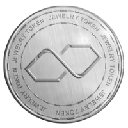-
 Bitcoin
Bitcoin $98,373.6273
1.52% -
 Ethereum
Ethereum $2,758.8154
1.17% -
 XRP
XRP $2.6634
-1.04% -
 Tether USDt
Tether USDt $1.0002
0.01% -
 BNB
BNB $653.3178
0.89% -
 Solana
Solana $176.1163
2.63% -
 USDC
USDC $0.9999
-0.01% -
 Dogecoin
Dogecoin $0.2532
-0.60% -
 Cardano
Cardano $0.7999
2.51% -
 TRON
TRON $0.2502
5.14% -
 Chainlink
Chainlink $18.3220
0.90% -
 Sui
Sui $3.5038
6.52% -
 Avalanche
Avalanche $25.1771
4.75% -
 Stellar
Stellar $0.3393
-0.84% -
 Litecoin
Litecoin $134.6159
3.28% -
 Hedera
Hedera $0.2196
-1.91% -
 Shiba Inu
Shiba Inu $0.0...01560
1.08% -
 UNUS SED LEO
UNUS SED LEO $9.7473
0.37% -
 Toncoin
Toncoin $3.5859
0.72% -
 Hyperliquid
Hyperliquid $25.2617
2.97% -
 Polkadot
Polkadot $5.0781
2.30% -
 MANTRA
MANTRA $7.6484
2.80% -
 Bitcoin Cash
Bitcoin Cash $327.2934
1.23% -
 Ethena USDe
Ethena USDe $0.9996
0.05% -
 Bitget Token
Bitget Token $4.6718
0.19% -
 Uniswap
Uniswap $9.2894
0.16% -
 Dai
Dai $1.0000
-0.02% -
 Monero
Monero $236.1241
1.37% -
 NEAR Protocol
NEAR Protocol $3.5089
9.74% -
 Pepe
Pepe $0.0...09745
2.78%
How does the distributed ledger of blockchain ensure data consistency?
The distributed ledger of blockchain ensures data consistency through its tamper-proof blocks, linked chain structure, and multi-node transaction verification, ensuring high data security and immutability.
Feb 16, 2025 at 10:54 am
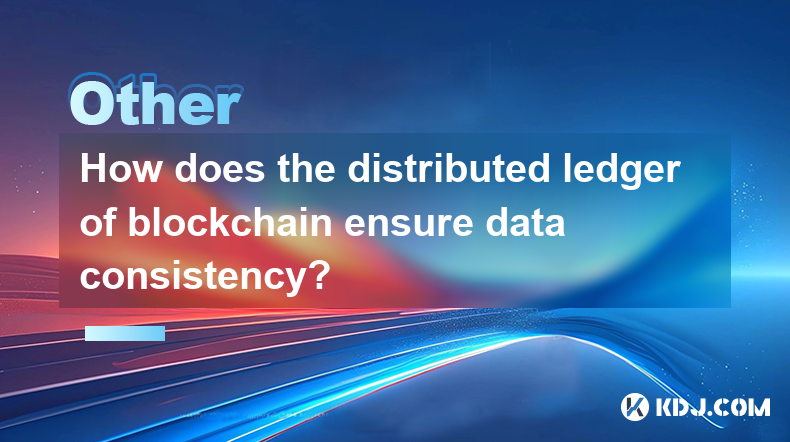
Key Points:
What is a Distributed Ledger?
- A distributed ledger is a shared, immutable database that is maintained by multiple computers.
- Each computer in the network has a copy of the ledger, and any changes to the ledger must be approved by a majority of the computers.
How Blockchain Ensures Data Consistency
- The blockchain is a type of distributed ledger that uses cryptography to ensure data security and consistency.
- Cryptography is used to create a unique identifier for each transaction, which is then added to the blockchain.
- Once a transaction is added to the blockchain, it cannot be changed or deleted.
How the Distributed Ledger of Blockchain Ensures Data Consistency
- Data is stored in blocks: The blockchain is a series of blocks, each of which contains a group of transactions. Once a block is created, it is added to the blockchain and cannot be changed.
- Blocks are linked together: Each block in the blockchain contains a hash of the previous block. This creates a chain of blocks, which makes it impossible to change a block without also changing all of the subsequent blocks.
- Transactions are verified by multiple nodes: When a new transaction is created, it is broadcast to all of the nodes in the network. Each node verifies the transaction and adds it to its own copy of the blockchain.
- Consensus is reached: Once a majority of the nodes in the network have added the transaction to their blockchains, the transaction is considered to be final.
- Data is immutable: Once a transaction is added to the blockchain, it cannot be changed or deleted. This is because the blockchain is a distributed ledger, and any changes to the ledger must be approved by a majority of the nodes in the network.
FAQs:
What are the benefits of using a distributed ledger?
- Distributed ledgers are more secure than traditional databases because they are not stored in a single location.
- Distributed ledgers are more efficient than traditional databases because they can be processed in parallel.
- Distributed ledgers are more transparent than traditional databases because anyone can view the data stored on the ledger.
What are the challenges of using a distributed ledger?
- Distributed ledgers can be slow to process large amounts of data.
- Distributed ledgers can be expensive to set up and maintain.
- Distributed ledgers can be difficult to scale.
What are some of the use cases for distributed ledgers?
- Distributed ledgers can be used to track the ownership of assets.
- Distributed ledgers can be used to automate business processes.
- Distributed ledgers can be used to create new financial products and services.
Disclaimer:info@kdj.com
The information provided is not trading advice. kdj.com does not assume any responsibility for any investments made based on the information provided in this article. Cryptocurrencies are highly volatile and it is highly recommended that you invest with caution after thorough research!
If you believe that the content used on this website infringes your copyright, please contact us immediately (info@kdj.com) and we will delete it promptly.
- Litecoin (LTC) Daily Transactions Hit $9.6B as Proposed ETFs Make Moves to List in the US
- 2025-02-21 15:05:23
- Rollblock (RBLK) Emerges as a GameFi Powerhouse, Threatening Solana's (SOL) Dominance
- 2025-02-21 15:05:23
- Solana (SOL) Price Tries to Break Above the $177.34 Resistance as SOLX Presale Goes Parabolic
- 2025-02-21 14:45:23
- Michael Saylor Has a Warning for Washington: the US Could Miss Out on the Biggest Financial Power Shift of the Century
- 2025-02-21 14:45:23
- 1Fuel (OFT) Stages a Dazzling Ascent During Its Presale, Vaulting by 80% from $0.01 to $0.018
- 2025-02-21 14:45:23
- Chainlink (LINK) Breaks Resistance – What's Next?
- 2025-02-21 14:45:23
Related knowledge
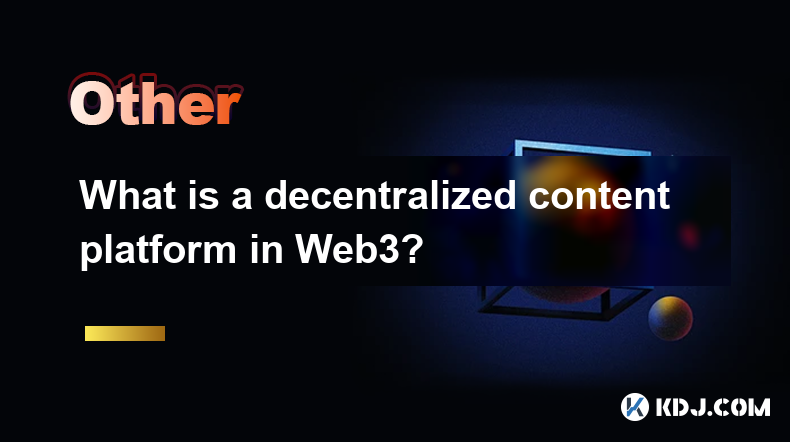
What is a decentralized content platform in Web3?
Feb 16,2025 at 05:13pm
Understanding Decentralized Content PlatformsKey Points:Decentralized content platforms shift content ownership and moderation away from centralized entities towards the community.Blockchain technology provides a transparent and immutable ledger for storing content and ownership records.Uncensorable content enables users to publish and access content wi...
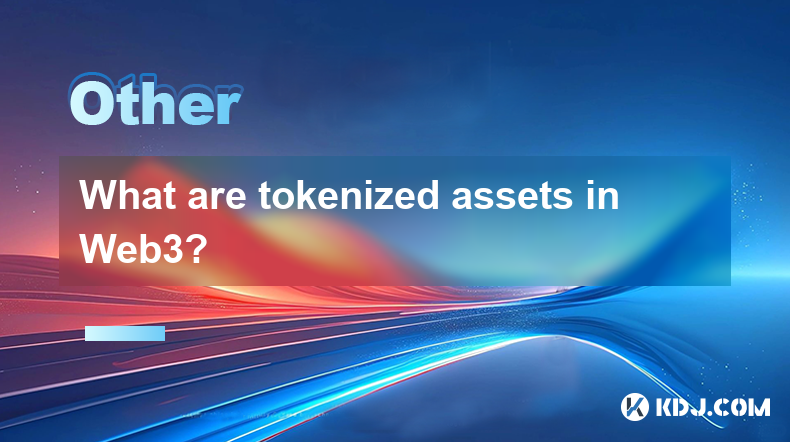
What are tokenized assets in Web3?
Feb 17,2025 at 11:36am
Key PointsIntroduction to tokenized assets in Web3Tokenization process and benefitsApplications and use cases of tokenized assetsTypes of tokenized assetsThe rise of tokenization in Web3Challenges and limitations of tokenizationFAQs about tokenized assetsWhat are Tokenized Assets in Web3?In the realm of Web3, tokenization has emerged as a transformative...
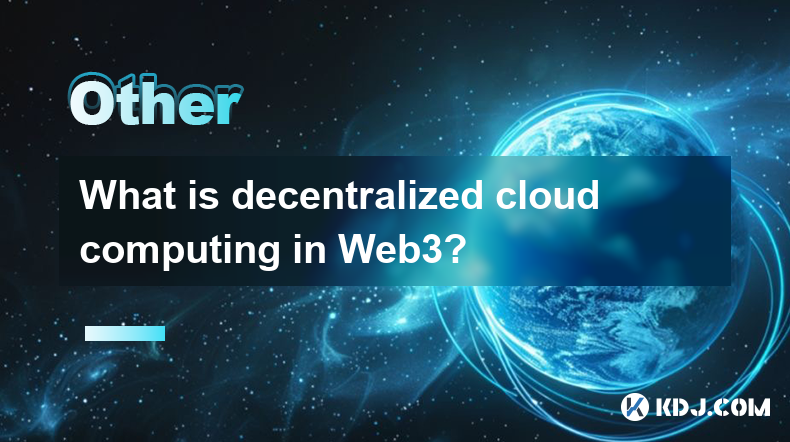
What is decentralized cloud computing in Web3?
Feb 16,2025 at 06:42am
Key Points:Definition of Decentralized Cloud Computing: A distributed computing model where resources and services are provisioned by a network of decentralized nodes rather than a centralized entity.Benefits of Decentralized Cloud Computing: Enhanced scalability, reliability, security, and cost-effectiveness.Use Cases for Decentralized Cloud Computing:...
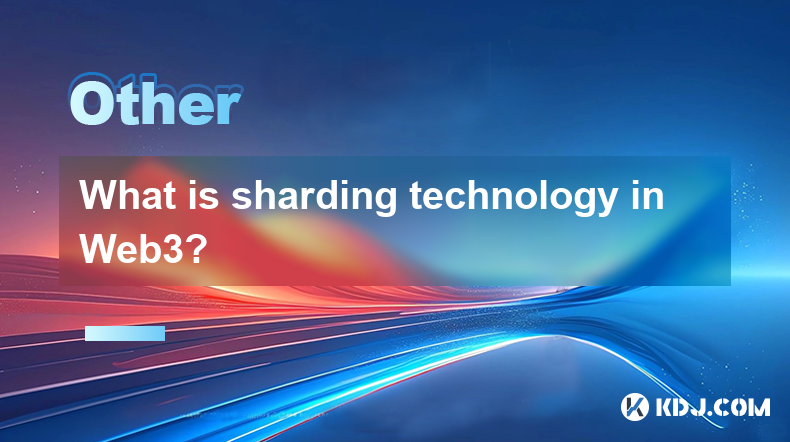
What is sharding technology in Web3?
Feb 19,2025 at 03:36am
Key Points of Sharding Technology in Web3Definition of Sharding TechnologyBenefits of Sharding TechnologyChallenges of Implementing Sharding TechnologyCurrent Applications of Sharding TechnologyFuture Applications of Sharding TechnologyWhat is Sharding Technology in Web3?Sharding technology is a data partitioning technique used in distributed computing ...
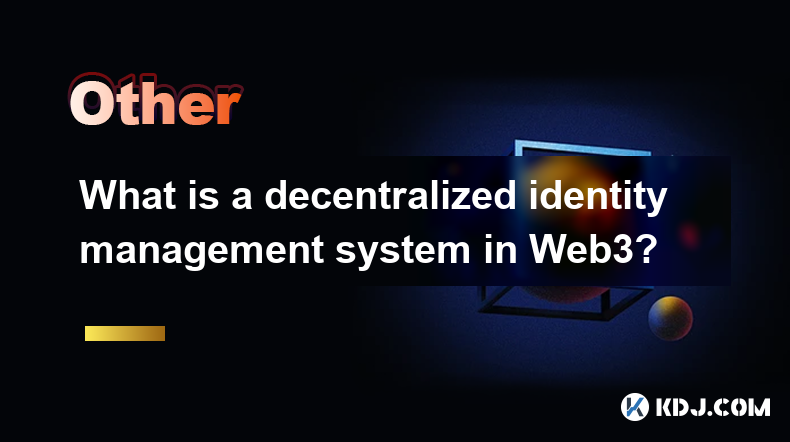
What is a decentralized identity management system in Web3?
Feb 17,2025 at 11:24pm
Key PointsDefinition and Overview of Decentralized Identity Management in Web3Benefits of Decentralized Identity Management in Web3Challenges and Limitations of Decentralized Identity Management in Web3Current State of Development and Adoption of Decentralized Identity Management in Web3Future Prospects and Trends for Decentralized Identity Management i...

What is liquidity mining in Web3?
Feb 17,2025 at 04:24am
Key Points:Liquidity mining is an incentive mechanism that rewards users for providing liquidity to decentralized exchanges (DEXes).Liquidity providers (LPs) deposit their crypto assets into a liquidity pool, which allows traders to swap tokens with reduced slippage.LPs receive rewards in the form of native tokens or fees from trading activity.Liquidity...

What is a decentralized content platform in Web3?
Feb 16,2025 at 05:13pm
Understanding Decentralized Content PlatformsKey Points:Decentralized content platforms shift content ownership and moderation away from centralized entities towards the community.Blockchain technology provides a transparent and immutable ledger for storing content and ownership records.Uncensorable content enables users to publish and access content wi...

What are tokenized assets in Web3?
Feb 17,2025 at 11:36am
Key PointsIntroduction to tokenized assets in Web3Tokenization process and benefitsApplications and use cases of tokenized assetsTypes of tokenized assetsThe rise of tokenization in Web3Challenges and limitations of tokenizationFAQs about tokenized assetsWhat are Tokenized Assets in Web3?In the realm of Web3, tokenization has emerged as a transformative...

What is decentralized cloud computing in Web3?
Feb 16,2025 at 06:42am
Key Points:Definition of Decentralized Cloud Computing: A distributed computing model where resources and services are provisioned by a network of decentralized nodes rather than a centralized entity.Benefits of Decentralized Cloud Computing: Enhanced scalability, reliability, security, and cost-effectiveness.Use Cases for Decentralized Cloud Computing:...

What is sharding technology in Web3?
Feb 19,2025 at 03:36am
Key Points of Sharding Technology in Web3Definition of Sharding TechnologyBenefits of Sharding TechnologyChallenges of Implementing Sharding TechnologyCurrent Applications of Sharding TechnologyFuture Applications of Sharding TechnologyWhat is Sharding Technology in Web3?Sharding technology is a data partitioning technique used in distributed computing ...

What is a decentralized identity management system in Web3?
Feb 17,2025 at 11:24pm
Key PointsDefinition and Overview of Decentralized Identity Management in Web3Benefits of Decentralized Identity Management in Web3Challenges and Limitations of Decentralized Identity Management in Web3Current State of Development and Adoption of Decentralized Identity Management in Web3Future Prospects and Trends for Decentralized Identity Management i...

What is liquidity mining in Web3?
Feb 17,2025 at 04:24am
Key Points:Liquidity mining is an incentive mechanism that rewards users for providing liquidity to decentralized exchanges (DEXes).Liquidity providers (LPs) deposit their crypto assets into a liquidity pool, which allows traders to swap tokens with reduced slippage.LPs receive rewards in the form of native tokens or fees from trading activity.Liquidity...
See all articles











































































